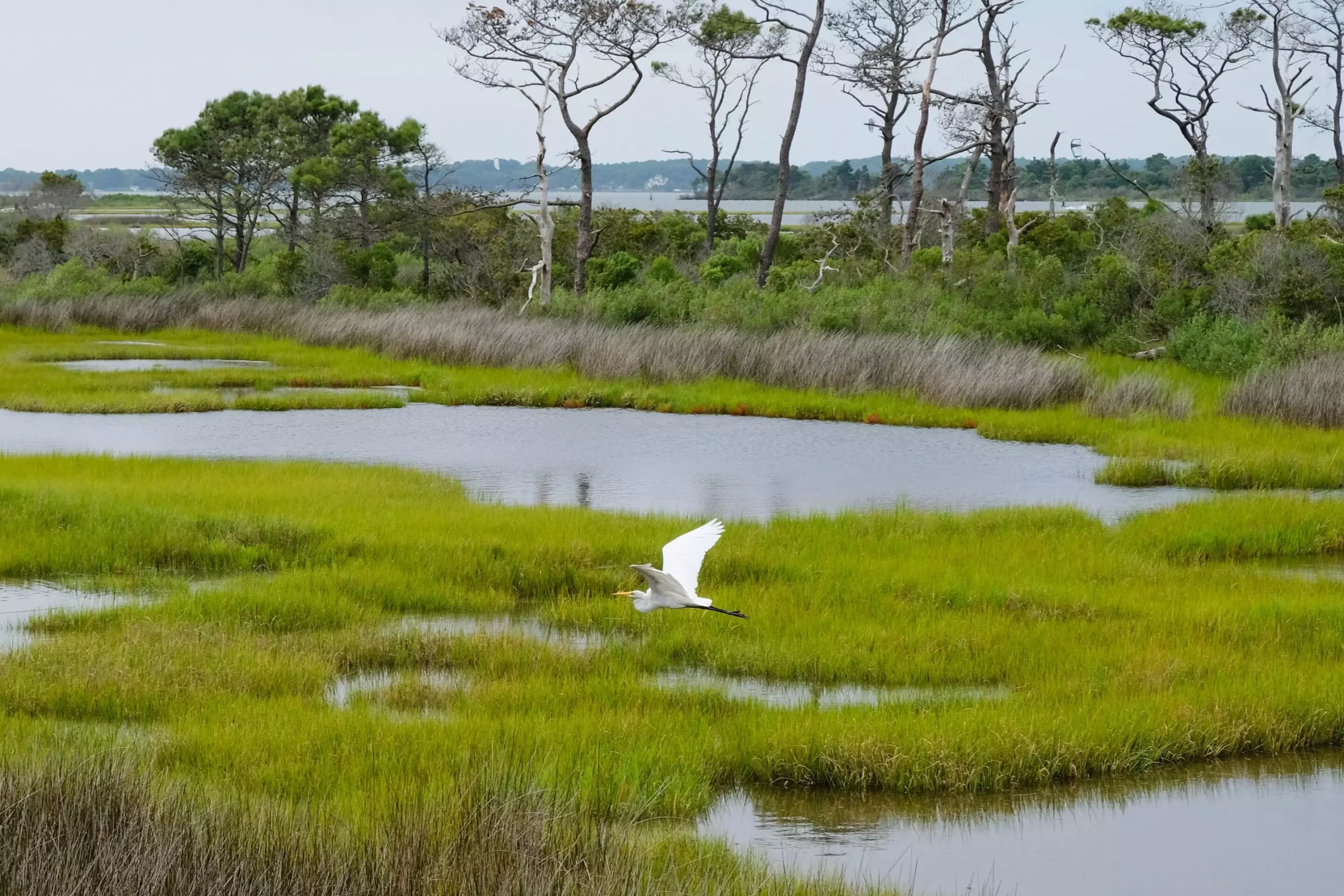Recent research has unveiled startling revelations about the surge in atmospheric methane emissions between 2020 and 2022, a phenomenon that has raised alarms in environmental circles. Understanding the causes of this increase is essential, especially in the backdrop of rising concerns about climate change. Methane, a potent greenhouse gas, has propelled discussions about its sources and implications for global warming. The findings from a study published in the Proceedings of the National Academy of Sciences provide a window into these changes, driven significantly by the dynamics of wetland ecosystems and human activities.
The trajectory of methane emissions has been a concerning trend, with increases noted from 2010 to 2019. During this period, emissions rose steadily from about 499 teragrams (Tg) to 550 Tg. However, an extraordinary spike occurred in the subsequent years, with levels climbing between 570 and 590 Tg. This dramatic rise coincided with the world reeling under the COVID-19 pandemic, leading researchers to question conventional explanations for methane emissions. The lockdowns resulted in a significant drop in industrial activity and transportation, which some experts initially believed would correspond to a decrease in methane emissions due to reduced air pollution.
As scientists delved deeper into the data, they discovered that the surge in methane emissions was not merely a side effect of reduced anthropogenic activity during the pandemic. Instead, the findings highlighted that increased inundation and enhanced water storage in wetlands were significant contributors. These ecosystems play a crucial role in the global carbon cycle, and their alteration can have profound implications for greenhouse gas dynamics. With wetland regions experiencing disproportionate flooding, the associated microbial processes became optimized for methane production.
One of the pivotal insights emerged from the observations in equatorial regions, where predominant flooding events accounted for 43% and 30% of the additional methane emissions from Asia and Africa, respectively. Researchers noted that the heavy rainfall patterns linked to La Niña events significantly aggravated methane release from these wetlands. In essence, the increase in water storage not only fostered conducive conditions for anaerobic microbial activities but also catalyzed the release of larger volumes of methane into the atmosphere.
Compounding the issue was a decline in atmospheric hydroxyl (OH) radicals, previously viewed as a mitigating factor for methane persistence in the atmosphere. These radicals react with methane to facilitate its breakdown, thus serving as a natural buffer against rising emission levels. However, the pandemic-induced reduction in air pollutants also meant a decreased presence of OH, allowing methane to linger longer in the atmosphere.
While the drop in hydroxyl levels accounted for 28% of the surge, it was clear that the wetland inundation played a more substantial role in elevating methane concentrations. This nuanced understanding underscores a critical intersection between natural processes and anthropogenic influences, illuminating the multifaceted causes behind rising greenhouse gas levels.
The knowledge gained from this research carries significant implications for climate policy and action plans focused on methane reduction. Identifying wetlands as major contributors to emissions shapes our strategies; rather than focusing solely on mitigation stemming from industrial processes, there’s a need to address the inherent natural emissions from ecosystems themselves.
Given the findings, future strategies could involve sustainable management of wetland ecosystems to limit their methane output. Protecting these areas and incorporating flood-prevention measures could be vital steps in addressing the looming climate crisis. Furthermore, recognizing the critical role of natural processes in greenhouse gas emissions informs global efforts aimed at achieving climate targets.
The complex interplay between human-induced changes and natural systems has led to a marked increase in atmospheric methane emissions. The findings of increased wetland flooding as a primary driver challenge conventional paradigms surrounding emissions sources and necessitate a recalibration of mitigation strategies. As we forge ahead, bridging the knowledge gap through continued research and comprehensive policy actions will be essential in combating climate change and safeguarding our planet’s future.
Ultimately, understanding the intricacies of methane dynamics offers a profound opportunity to enhance our approach to climate resilience, emphasizing the integration of ecosystem health into global carbon strategies.

